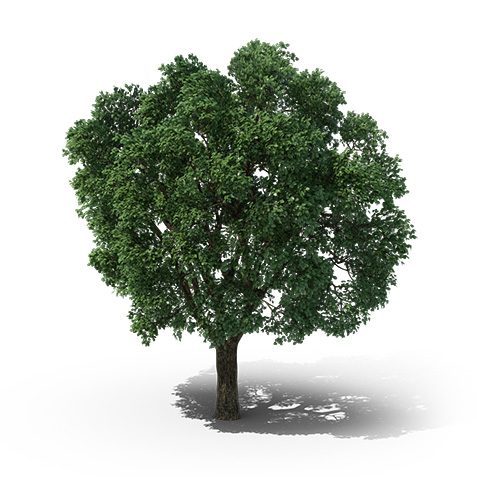ELM
It is believed that the Elm Tree was first introduced to England by Bronze Age farmers. (2000 BC – 700 BC) Despite it being the most common tree in England at one stage., the population of this tree has seriously declined. This is due to the onset of ‘Dutch Elm Disease’ (fungal disease) which has been slowly killing off this tree since the 1960’s. These trees are not overly affected by the cold or frost so their growth speed is much faster than other common trees in the UK.

How To Identify Elm
One of the largest hedgerow trees in England and is often the last tree to come into leaf in the Spring. It is resistant to water so it is a popular choice for a variety of applications.
Here are the key characteristics that will assist in identifying this tree.
English Name – English Elm
Scientific Name – Ulmus procera
Elm Tree Size – 25 – 35m (80 – 130 ft) tall
Trunk Diameter – up to 50 ft 2 metres
Spread – 9-18 m ( 30-60 ft)
Life Span – Average 100 years (known up to 400 years)
UK Location – Southern England
Elm Wood Colour
The wood from this tree is known for having a vibrant, reddish brown colour. This colour does range from tree to tree, some even producing a tone that is more grey colour.
Elm Leaves
Elm leaves tend to be around 4 to 9 centimetres in length. The shape of the leaves are oval and the twigs that hold the leaves are very finely hairy. The edges of each leaf are toothed and the surface of each leaf will be slightly hairy with a rough texture. In the autumn the leaves transform into a stunning and iconic yellow colour.
Texture
The texture of the wood from this tree is coarse with a slightly uneven texture. It is incredibly durable. and is highly resistant to splits and cracking. The grain design can be described as an intricate, interlocking and ‘wavy’ pattern. This makes it a highly popular choice for a range of furniture and other applications. Furthermore, the strength and durability is often selected for it’s ability to stand the test of time.
Location
The Elm tree is native to both Eastern and Southern Europe. In the UK, it is mostly located in the South of England.
Bark
The bark of an Elm tree is very rough to the touch with deep fissures. It is common to find suckers at the base of the tree that grow from the roots. Twigs are short , fine and hairy.
GET IN TOUCH
If you have any questions or would like to order a bespoke piece of furniture from us then feel free to get in touch..
